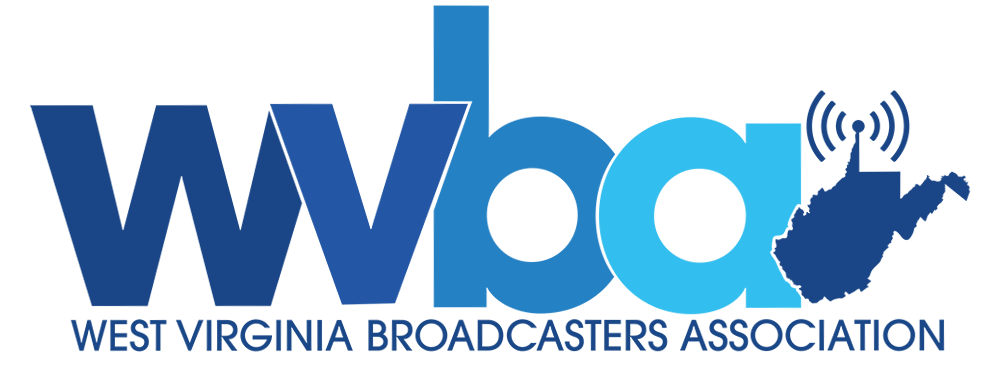Wireless providers get 60 days worth of lower 45 MHz
The FCC has granted almost three dozen terrestrial wireless internet service providers (WISPs) the loan of 5.9 GHz spectrum.
The 60-day grant of special temporary authority (STA) for use of the lower 45 MHz of the band by 33 WISPs is to help them serve rural communities during the COVID-19 pandemic.
The FCC said the grants will help with telehealth, distance learning and telework in rural communities in Arizona, California, Colorado, Florida, Idaho, Illinois, Indiana, Kansas, Kentucky, Massachusetts, Maryland, Maine, Michigan, Minnesota, Missouri, Montana, Nebraska, New Hampshire, New Mexico, Ohio, Oklahoma, Oregon, Pennsylvania, Texas, Virginia, Vermont, Washington, Wisconsin, and West Virginia.
The STA is kind of a dry run on the FCC's plan to free up that lower 45 MHz for wireless broadband.
The FCC voted unanimously Dec. 12, 2019, to share that 5.9 GHz band by dividing it up. The proposal is to free up the lower 45 MHz exclusively for unlicensed use and to keep the the upper 30 MHz for V2V communications, including 20 MHz of that for C-V2X.
“Like everybody else, rural Americans are facing an increased need for broadband service as more and more workers, students, and families stay home during this national emergency,” said FCC Chairman Ajit Pai in a statement. “Fixed wireless broadband providers deliver this service for many communities, especially those hardest for other providers to reach. Giving them access to the 5.9 GHz band will help them meet their customers’ needs during these challenging times."
The FCC has issued numerous STAs to boost bandwidth using its spectrum inventory and spectrum lent from various companies including Dish and Comcast.
"The pandemic’s shut-in orders have really increased demand on this nation’s networks,” said Claude Aiken, president and CEO of WISPA. “This has been particularly hard on rural Americans, and those effects are only amplified by poorer access to broadband in the heartland of America.”
He pointed out that the carriers already use 5 GHZ spectrum, so are "set to quickly develop and deliver new high-speed broadband offerings.
"The new capacity will allow fewer network disruptions, facilitating the new use dynamics brought about by the pandemic response, such as increased telework, distance learning and tele-health uses," Aiken said. “Our members are seeing over a 35% bump in traffic in peak hours, with 90% of them getting customer requests to add more speed to their plans. The more capacity they can quickly put into service, the more fortified their communities are against the challenges of COVID-19.” Aiken added: “We truly appreciate the hard work and dedication of the Commission and staff to help our members access this needed capacity. It will make the customers these WISPs serve safer and help stop the spread of the virus.”
Powered by Versicherungsvergleich
